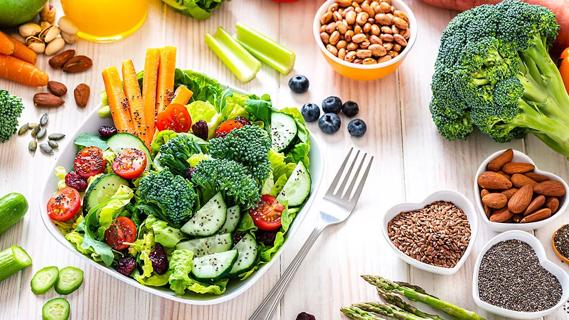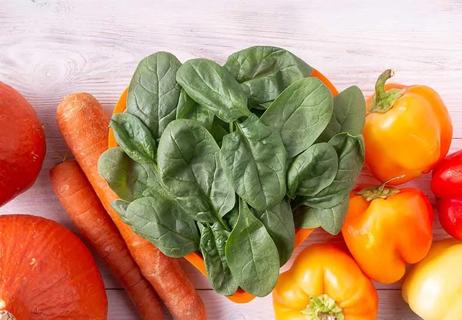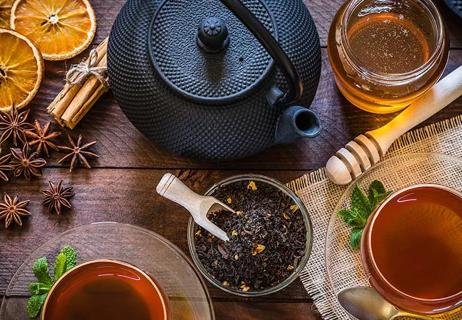Watch this demo featuring a breakfast, a snack and a meal
Advertisement
Cleveland Clinic is a non-profit academic medical center. Advertising on our site helps support our mission. We do not endorse non-Cleveland Clinic products or services. Policy

Want to stay trim and keep your heart healthy? Choosing nutritious foods is important. But you also need to pay attention to portions, say Kate Patton, MEd, RD, CCSD, LD, and Julia Zumpano, RD, LD.
To find out if your portions are on target, check the Nutrition Facts panel on the food’s packaging. Look for the number of servings in each container and the nutrients per serving. If you’re routinely eating more than one serving, you’ll need to do some multiplying to determine the amount of calories, fat, sugar and salt you’re actually eating.
To help you, we contrast typical portions with actual serving sizes for the popular foods above. Here are their true serving sizes:
Advertisement
Learn more about our editorial process.
Advertisement

There’s a fine line between emotional and physical hunger

Don’t let someone ruin your trips to Flavortown

There’s a fine line between emotional and physical hunger

Try this method to tame overeating

These typically colorful plant-based substances provide various health benefits that help protect you from disease

This unique-looking veggie is fiber-dense and antioxidant-rich, and can improve the health of your gut, liver and heart

Great for your body, these pigmented nutrients give fruits and veggies their vibrant hues

Flavonoids in black tea are good for your health, helping prevent strokes and heart disease

Type 2 diabetes isn’t inevitable with these dietary changes

Applying a hot or cold compress can help with pain